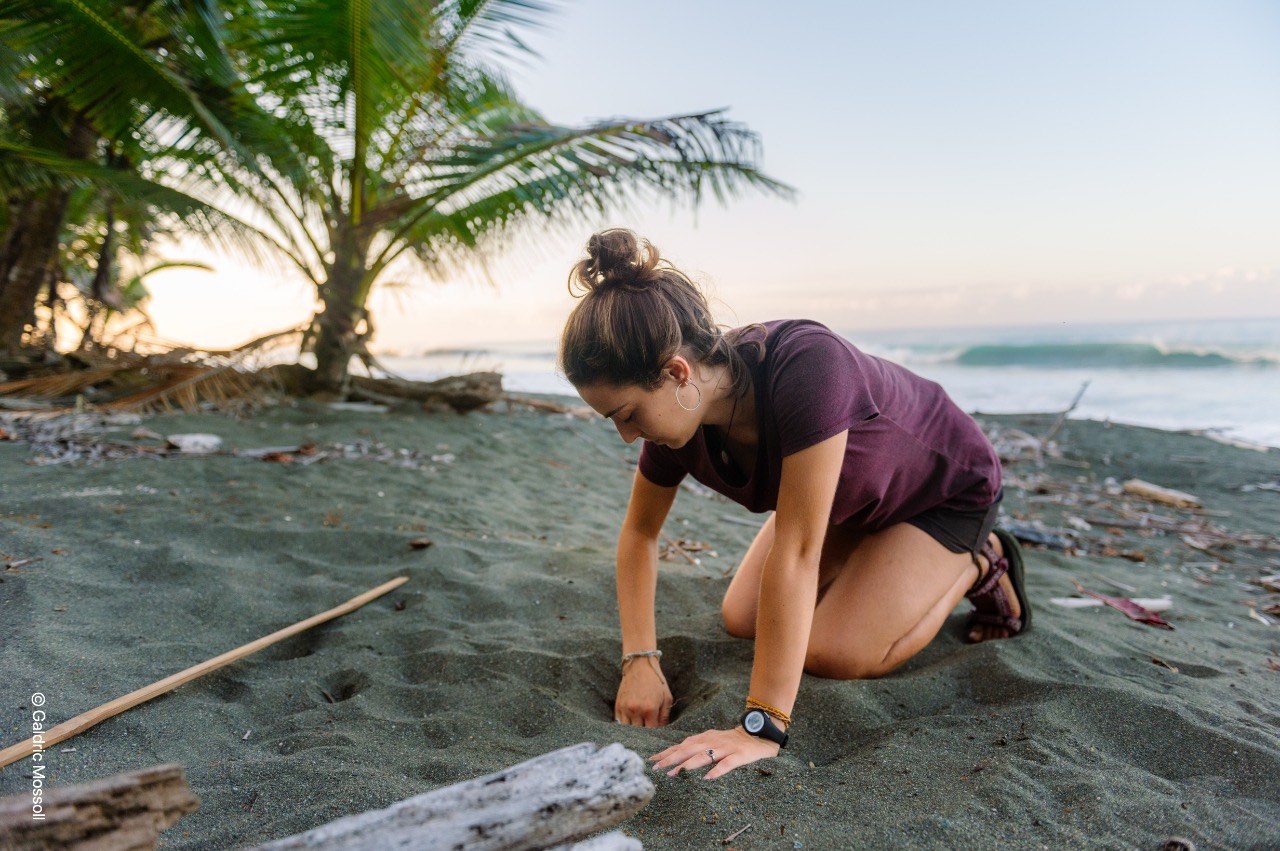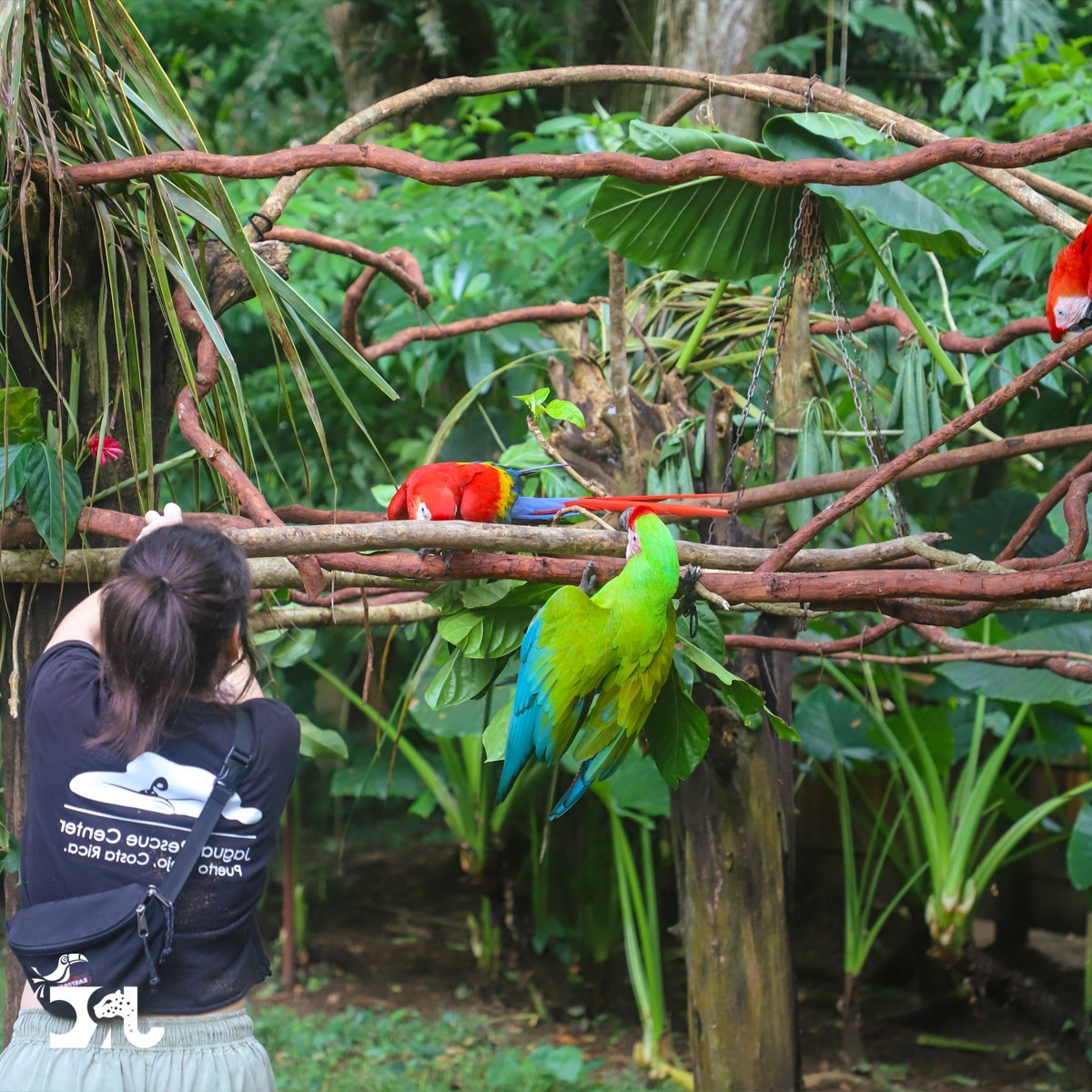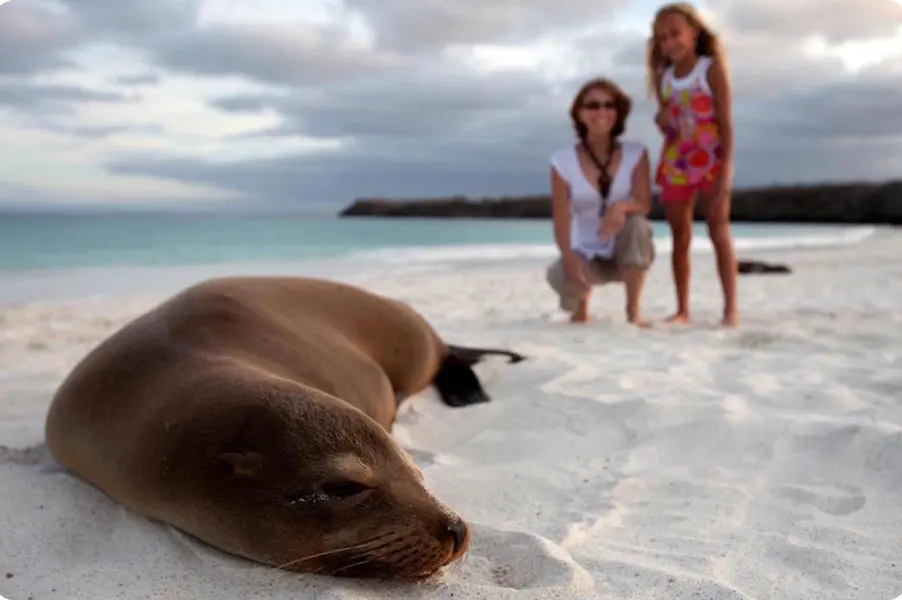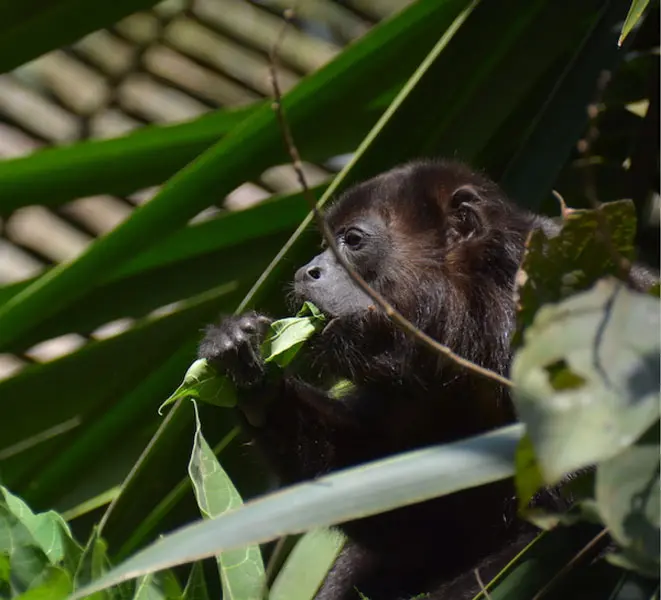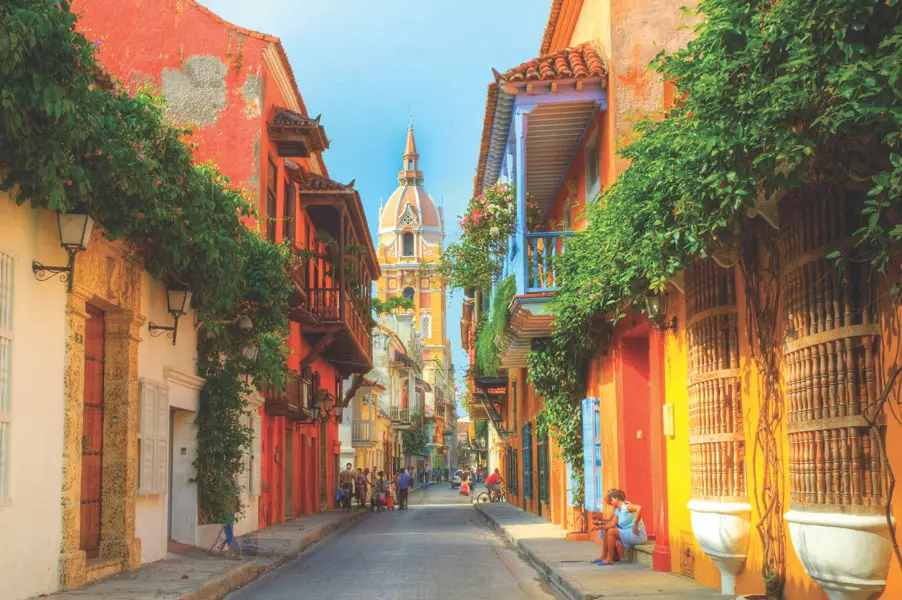encounter costa rica
Costa Rica's "Pura Vida"
Covering just 0.03% of the Earth’s landmass, Costa Rica more than makes up for its small size with its incredible biodiversity and endless adventure. Home to nearly 4% of all species on Earth, this Central American gem nestled between Nicaragua and Panama is a paradise of emerald-green cloud forests, sparkling azure waters, and towering volcanic peaks.


This commitment to peace is one reason why the Inter-American Court of Human Rights and the UN’s University for Peace are based here.
Not only is Costa Rica a safe and welcoming place for its residents, but it’s also a paradise for travelers of all kinds. Adventure seekers can hike, snorkel, and spot wildlife, or even zip-line through the cloud forests, while those looking to relax can unwind on the miles of golden sand beaches along both the Caribbean and Pacific coasts.
With 26 protected National Parks, misty cloud forests, bubbling volcanoes, cascading waterfalls, and paradise-like beaches, Costa Rica is a true traveler’s haven. This year-round destination never fails to wow travellers with its vibrant colors, breathtaking landscapes, and undeniable beauty.
Best Times To Visit Costa Rica
Whatever your clients are into, we’re here to help you plan the perfect trip for them. From the best places to visit and the right time to go, to awesome things to do and safe ways to get around, our travel experts are ready to craft an experience your clients will absolutely love.
Costa Rica's dry season runs from mid-December to April, with Christmas and Easter drawing the most tourists.
During March and April, lowland areas, especially in the arid North Pacific, experience scorching temperatures, often exceeding 90°F (32°C). While it's called the dry season, you might still encounter a quick downpour, but the sun usually returns in no time.
The green season, from May to November, is the wettest time to visit, with afternoon showers becoming more common. There's a brief mini-dry spell in June and July, but North American and European summer vacations still bring in more tourists from June to August.
September and October see the heaviest rains, which reduce tourist numbers as muddy roads and rising rivers make off-the-beaten-path travel trickier. However, the storms bring impressive swells to the Pacific, creating some of the best surfing conditions of the year.
At A Glance:
Seasons & Peaks

- Spring (Sept-Nov)
Peak of the rainy season, it will rain a lot everywhere in Costa Rica. November the rain stops. This is the best time to go, before high season sets in.
- Summer (Dec-Feb)
Summer sets in and the rain stops – best time to go.
- Autumn (Mar-Apr)
The dry season of Costa Rica, it can get really hot and dusty on the Pacific side
- Winter (Jun-Aug)
Rainy season. July usually has less rain.
Regional Weather
The rainy season on the Pacific side is from June to mid November. On the Caribbean it usually rains year round, but more in December and January
CENTRAL
HIGHLANDS
Jan
Feb
Mar
Apr
May
Jun
Jul
Aug
Sep
Oct
Nov
Dec
PACIFIC
Coast
Jan
Feb
Mar
Apr
May
Jun
Jul
Aug
Sep
Oct
Nov
Dec
CARRIBEAN
COAST
Jan
Feb
Mar
Apr
May
Jun
Jul
Aug
Sep
Oct
Nov
Dec
Sunny
Sunny Intervals
Showers
Cloudy
Costa Rica Info
Capital City: San Jose
Currency: Colones (CRC$510 to US$1.00)
Language: Spanish
Obtaining colones outside Costa Rica is virtually impossible so we recommend that you wait until you arrive and get some at the airport or at border posts. It is worth noting that US Dollars are dispensed from most ATMs in Costa Rica and with the exception of the smallest towns and shops in rural areas, credit cards are widely accepted. When heading for the more remote areas, try to carry sufficient colones with you, especially in small denominations otherwise you may find that you have trouble changing. We recommend visiting the website XE Currency Converter to get current exchange rates.
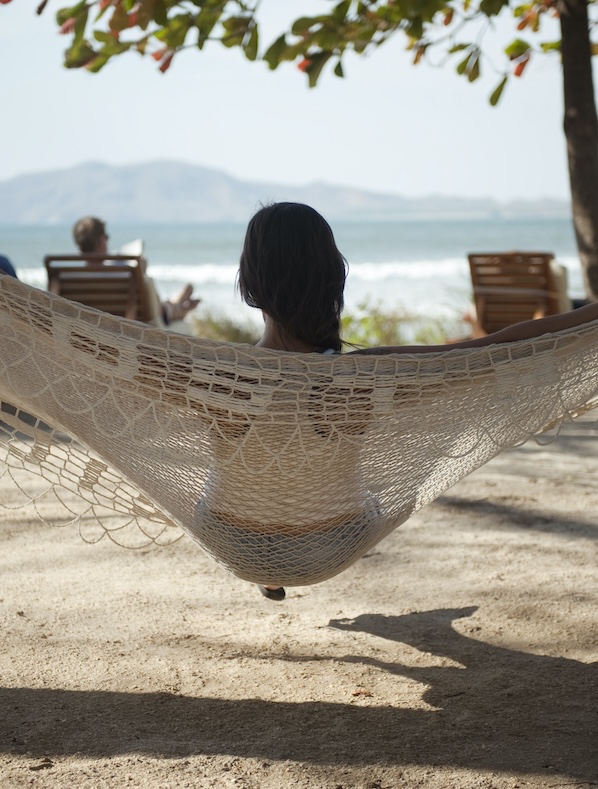

Create meaningful experiences in Latin America


Safety
Costa Rica is a pretty safe place. But like anywhere else, petty crime like bag snatching can happen in busy areas, so staying alert is key. As a foreigner, you’ll naturally stand out, so keep an eye on your stuff and avoid flashy jewelry or showing off expensive gear like cameras, laptops, or iPhones. Most of Costa Rica’s risks actually come from nature, like riptides, earthquakes, volcanic eruptions, and some pretty wild wildlife. That’s why having a good nature guide is a must if you’re planning to trek through the jungle.
Health
No mandatory vaccines are required to visit Costa Rica. However, if you’re arriving from a country with a yellow fever risk, you’ll need a valid International Vaccination Certificate at least 12 days before entering. This includes countries like Argentina, Brazil, and Panama, among others.
While the tap water in Costa Rica is generally safe to drink, it’s a good idea to be more cautious in rural areas.
Practical Info
VISA:
Nationals of the USA and the EU don’t need a visa to enter Costa Rica and will receive a 90-day travel visa upon arrival. If you’re from another country, you might need a visa, so it’s best to check with the Costa Rican embassy in your home country. A good starting point for checking visa requirements is the Wikipedia page on Costa Rica’s Visa Policy.ELECTRICITY:
Costa Rica’s electricity runs at 120 volts, so if you’re coming from the USA, you won’t need a transformer. However, if your devices have three-prong plugs, bring an adapter since some places only have two-prong outlets. For more details on plug types in Costa Rica, the website “What Plug Info – Costa Rica” is a helpful resource.TIME ZONE:
Costa Rica is in the Central Time Zone (CST), which is GMT-6.ATM MACHINES:
ATMs are widely available in cities and popular tourist areas throughout Costa Rica, so you shouldn’t have trouble accessing cash. Just make sure to notify your bank of your travel plans to avoid any issues with your cards.Getting Around
Buses in Costa Rica are budget-friendly and cover a lot of the country, but they can be slow and some routes have infrequent service. For a more flexible option, private and shared shuttles offer door-to-door service between popular spots, saving you time and letting you stick to your own schedule.
Renting a car is a great way to reach more remote areas not covered by buses and gives you the freedom to explore at your own pace, especially if you’re on a tight schedule. Most towns have car rental options, and we recommend opting for a 4WD vehicle since it’s crucial in some parts of the country. Also, avoid driving at night and make sure you have a GPS system to navigate easily.
Where do you want to go?

Empowering change through meaning volunteering in Latin America
We have an in-depth understanding of our destinations, volunteer programs, and language schools. If your organization is looking to experience Latin America authentically, while engaging in meaningful collaboration and making a positive impact, we are ready to help you achieve that.
Contact us
